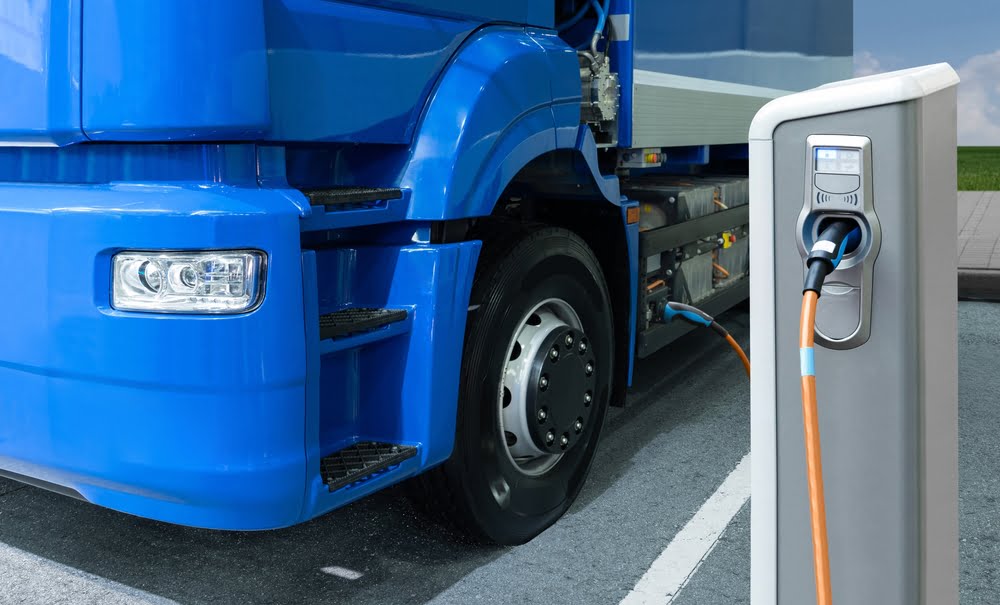In order to allow zero-emission road transport to be driven as much as possible in the future, crucial preconditions must be in order.
To make Europe zero-emission by 2050, truck manufacturers have indicated that all new sales will be zero-emission by 2040. RAI Association therefore agrees with the position of State Secretary Vivianne Heijnen (Ministry of Infrastructure and Water Management), who recently informed the European Commission on behalf of the Netherlands that only new emission-free trucks may be sold. According to the sector, the time that fits this is 2040, in line with previous climate agreements. In practice, this is only feasible if crucial preconditions are also in order, such as sufficient capacity on the energy network and adequate charging and refueling infrastructure.
“Agree on a standard for the number of fast charging stations required and for the capacity that energy managers must release. Only in this way can those zero-emission trucks actually drive and are they actually purchased.”
Section manager heavy commercial vehicles Sacha Boedijn.
Truck industry is ready
The industry is ready. Truck manufacturers can supply battery electric and (plug-in) hybrid trucks. Although there are now only about 340 zero emission (ZE) trucks on the road, more and more brands and models are being introduced or are in an advanced development phase. Although still 3 to 5 times more expensive than the (Euro VI) current diesel truck, the industry can supply the ZE trucks, there is no misunderstanding about that. But a transporter is not yet on its way.
Crucial preconditions are not yet in order
In order to allow zero-emission road transport to be driven as much as possible in the future, crucial preconditions must be in order. In addition to supplying sufficient battery, (plug-in) hybrid and hydrogen trucks, the charging and refueling infrastructure must be in order, sufficient (green) electricity and hydrogen must be available and there must be appropriate government policy, whereby purchase subsidies and government investments in, for example, strengthening the energy network and charging and refueling infrastructure is indispensable. All these four aspects are crucial.

A truck must be able to load
However, there is no binding legislation for the preconditions. This is true for industry. There are standards and fines. If trucks emit too much, manufacturers are fined. European legislation for charging and refueling infrastructure (AFIR), on the other hand, is completely non-binding for member states. They are two different legislations with a different target group, while they are inextricably linked. That is unworkable. If a transporter cannot charge or refuel sufficiently, receives a rejection from its grid operator for grid reinforcement for private charging points and the current grid congestion persists or worsens for years to come, then it will simply not buy ZE trucks. Then manufacturers will not lose their trucks on the paving stones. As a result, manufacturers do not comply with the current emission ceilings and are imposed huge fines.
Therefore set standards for charging and infrastructure, for example
If the Netherlands wants to realize its ambitions, it must work just as hard on all four links. After all, there is already network congestion, there is already no more space on the energy network in several places and the government is lagging behind in putting the charging and refueling infrastructure for trucks in order. RAI Association has therefore recently argued for, among other things, a faster, smarter and heavier design of the energy network for trucks, among other things.
“It is good that the State Secretary is paying attention to the challenges that still exist to achieve zero-emission transport. But a stronger effort is needed to put the preconditions in order. Agreeing a standard and penalty clause for, for example, the adequate supply of fast charging stations and sufficient network capacity ensures the right acceleration in that area.”
Section manager heavy commercial vehicles Sacha Boedijn.



